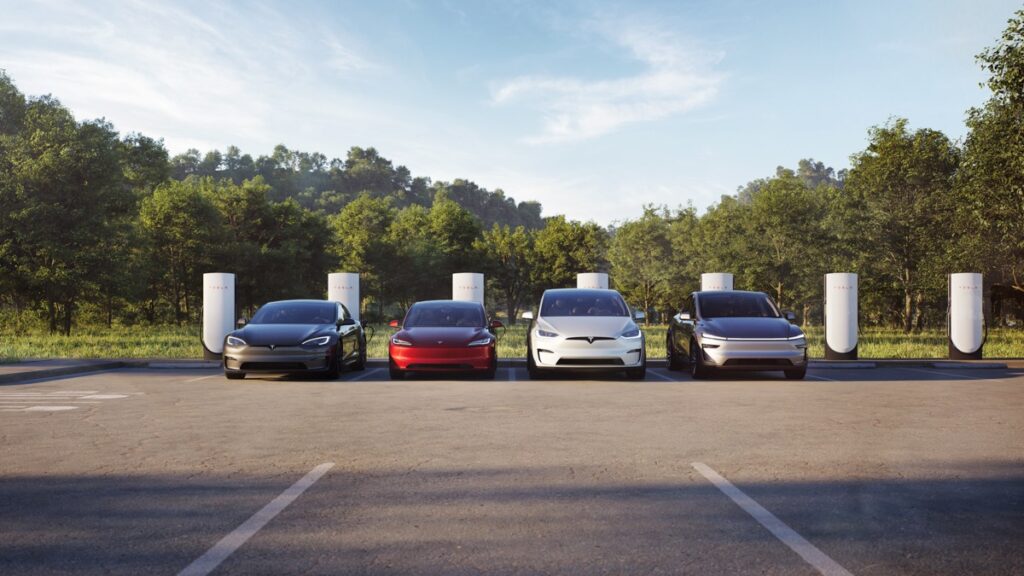In the first quarter of 2025, Tesla continued to dominate global electric vehicle (EV) sales, with both the Model Y and Model 3 securing the top spots worldwide. According to data from market tracker EV Volumes, the Model Y remained the best-selling EV with 201,773 units sold, accounting for a 7.4% market share. The Model 3 followed closely behind, selling 118,964 units and capturing 4.3% of the global EV market.
Despite leading in global rankings, Tesla faced some challenges in the quarter. The company’s total vehicle deliveries dropped by 13% year-over-year, from approximately 386,810 to 336,681 units. This decline occurred amidst a quarter where global EV deliveries saw a significant surge of 38% year-over-year.
In the United States, EV sales increased by 11% year-over-year. However, Tesla experienced a decline of around 9% in U.S. sales, reaching approximately 128,100 units. This drop in sales can be attributed to the growing competition from rivals such as BYD, Hyundai, and traditional automakers.
In Europe, Tesla also faced difficulties as sales in key markets declined each month throughout the quarter, continuing to decrease into May. From January to April, Tesla registrations in the EU fell by nearly 39% year-over-year. The company’s market share decreased as competitors introduced more affordable EV models, particularly in Europe and China.
As Tesla’s market share shrinks in regions outside of North America, questions arise about its ability to maintain momentum. The rise of more affordable and localized EVs poses a challenge for Tesla. This raises speculation about whether Elon Musk should revisit the idea of producing a sub-$25,000 Tesla to stay competitive in the market.
Elon Musk recently hinted at a Robotaxi launch set for June 22, but skepticism remains due to Tesla’s history of ambitious timelines and regulatory hurdles. Full Self-Driving (FSD) testing is ongoing, but the system remains at Level 2 classification, requiring supervised use.
While Tesla continues to lead in EV sales, the future appears more competitive than ever. The company must navigate these challenges to sustain its position in the rapidly evolving EV market.

